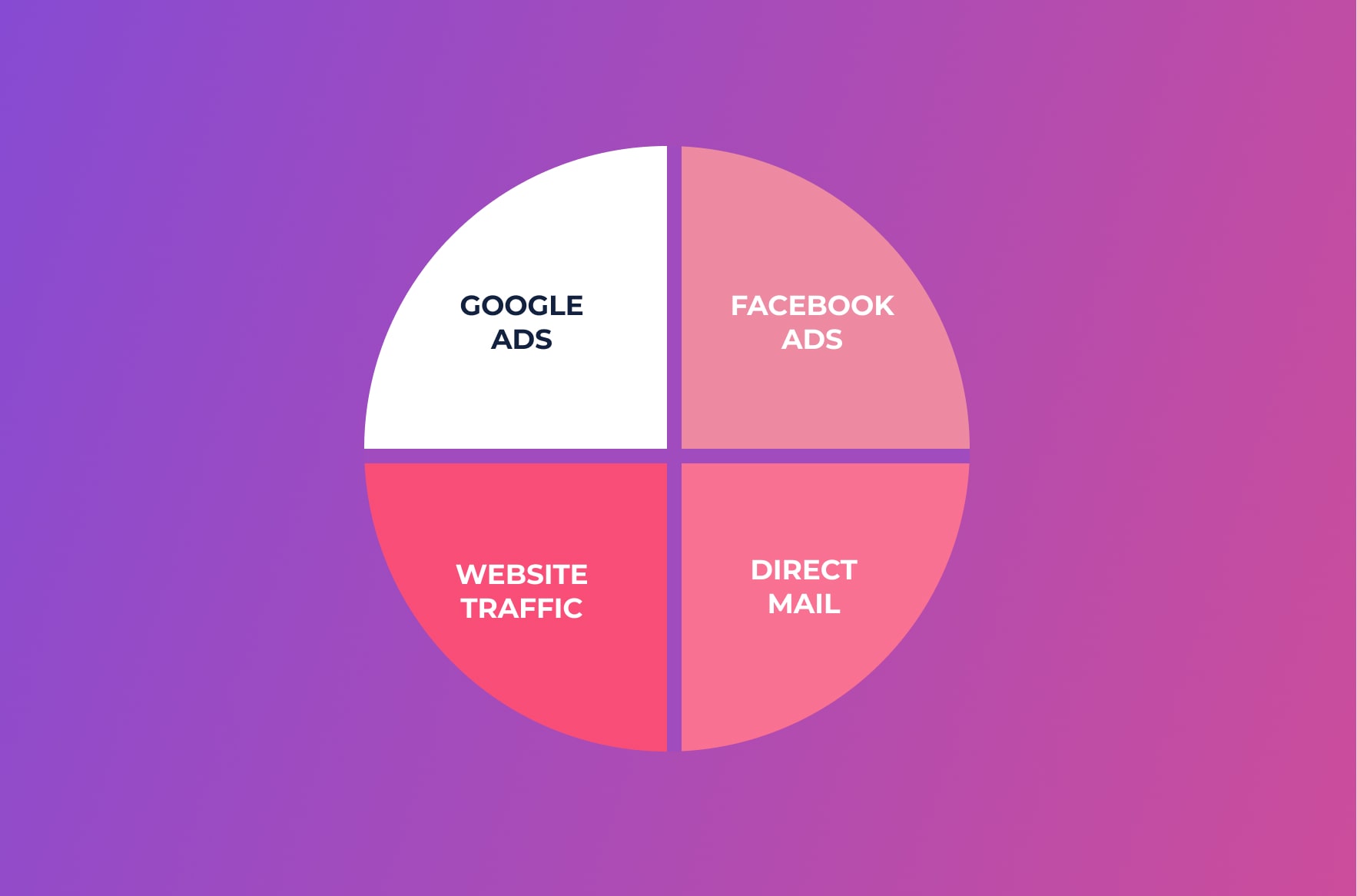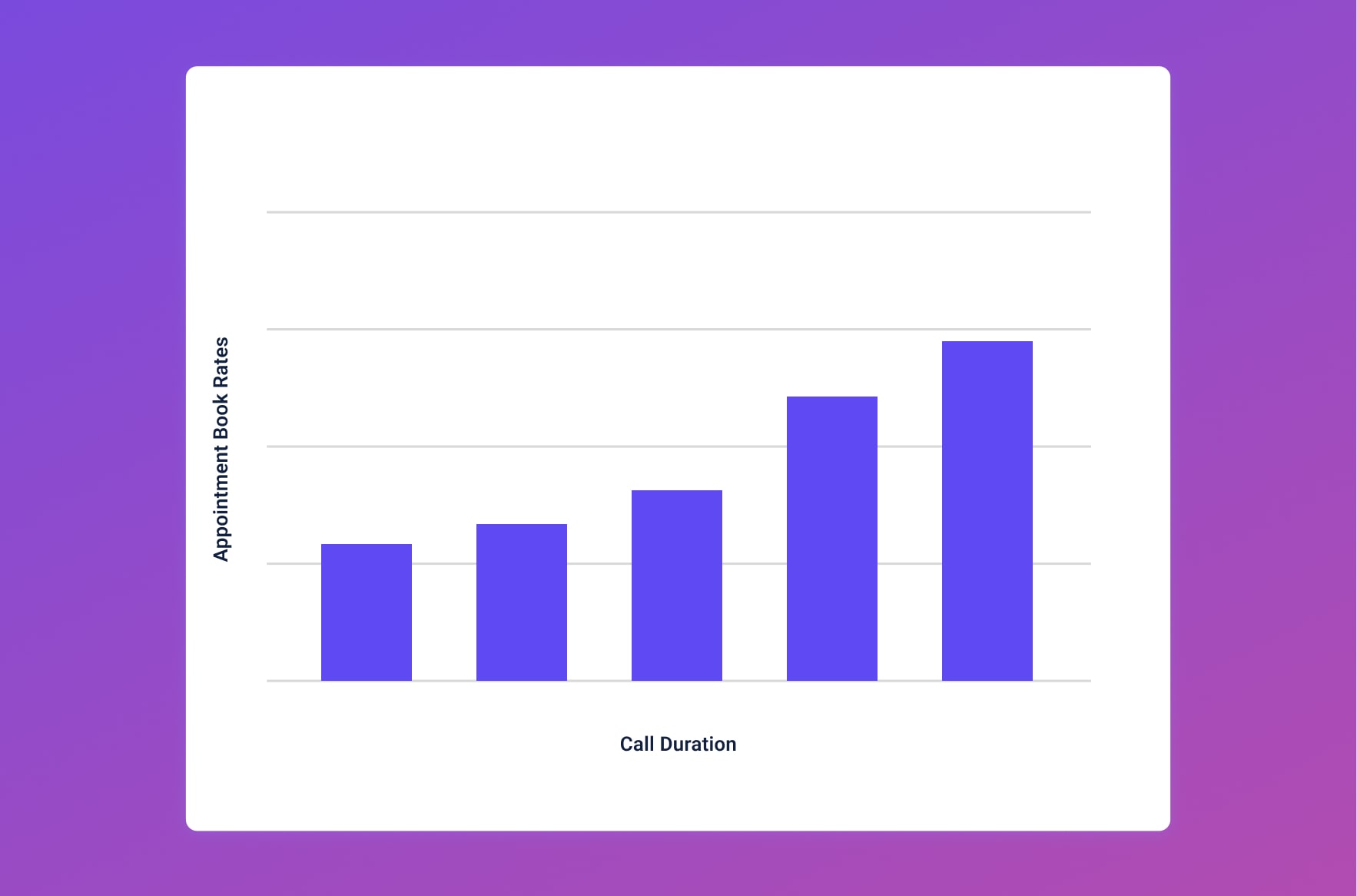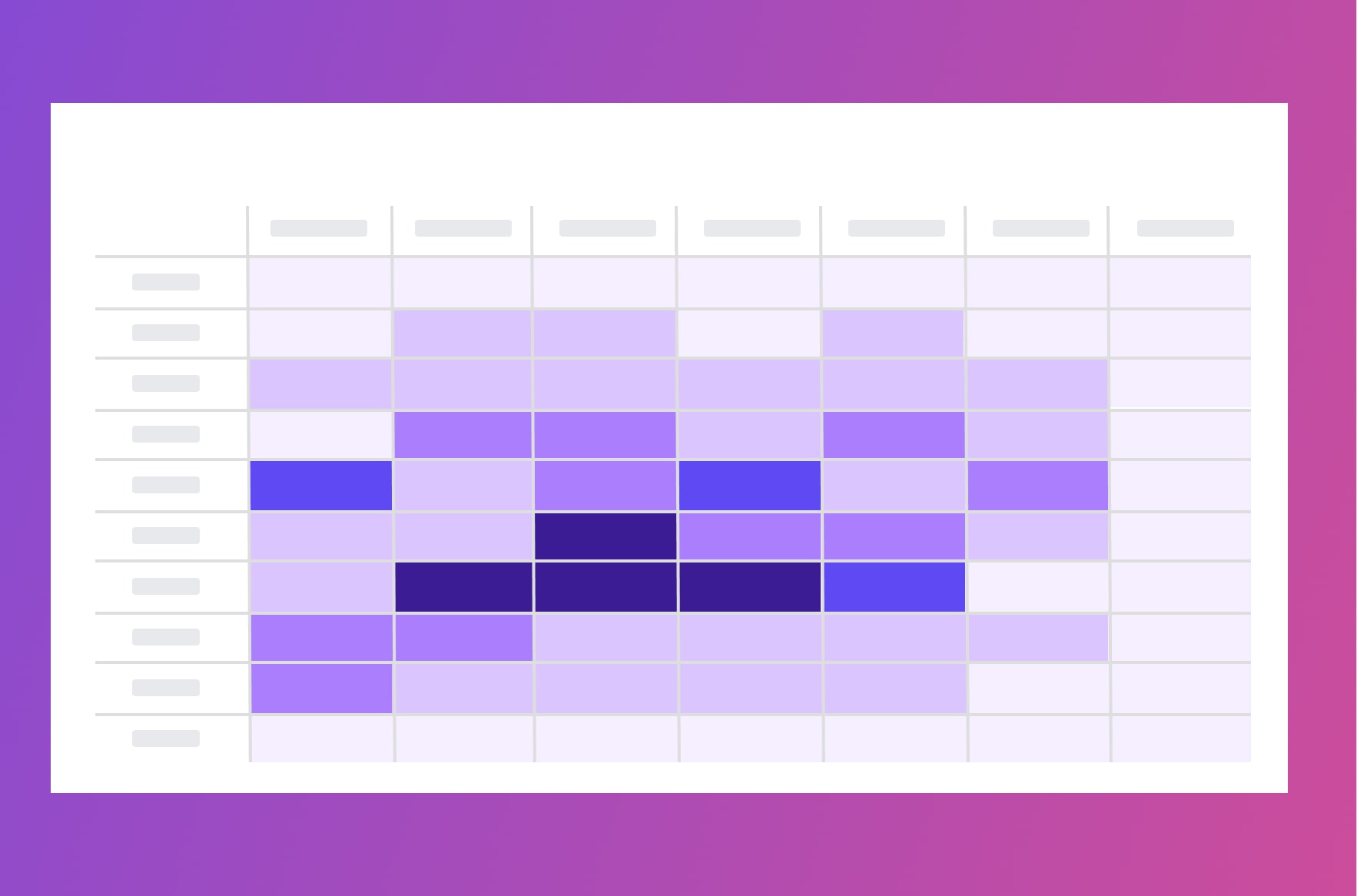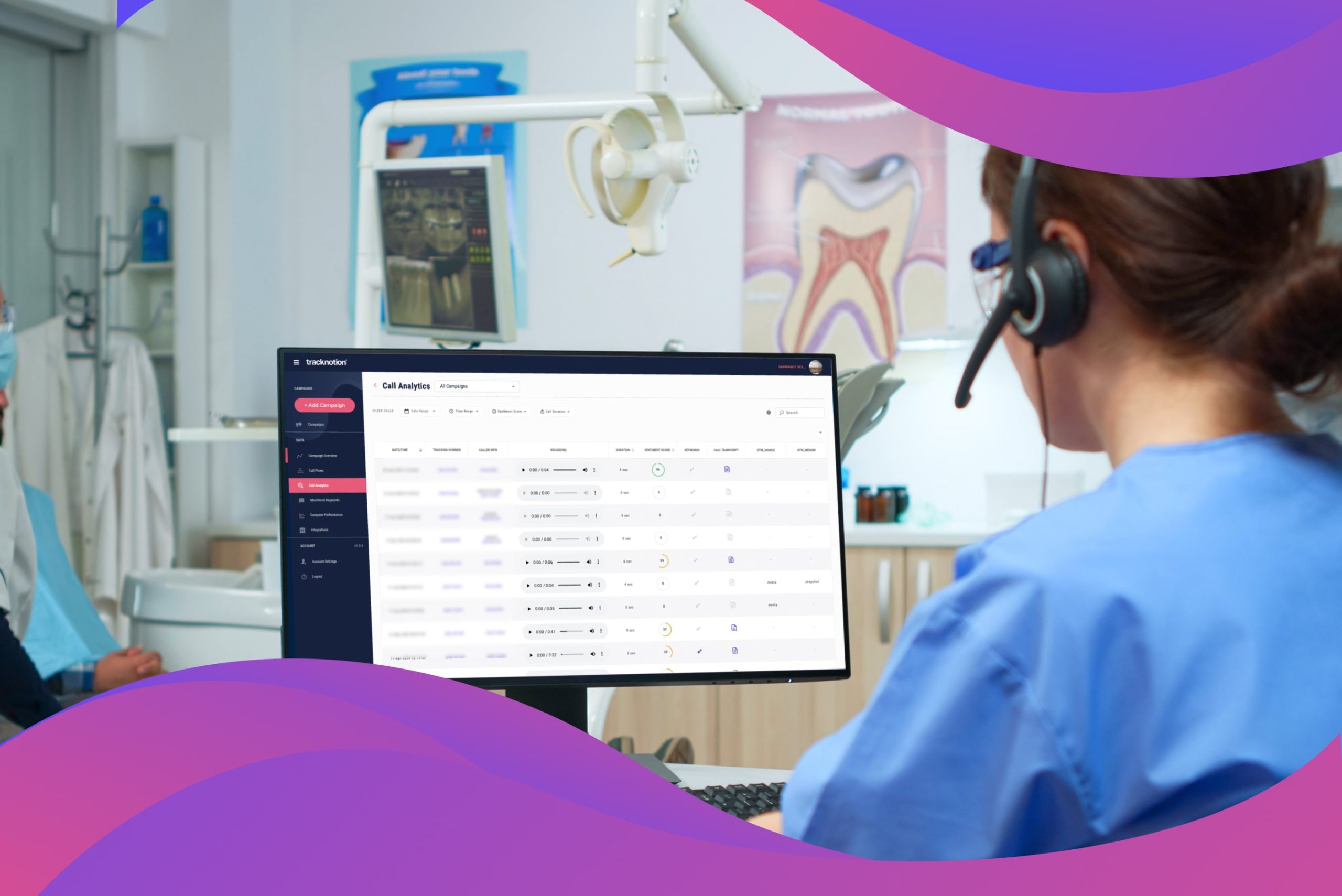For dental practices, phone calls remain the primary way potential patients book appointments. Whether someone finds a practice through Google Ads, social media, or a direct referral, they often prefer calling to discuss their needs, insurance, and availability.
But how do you know which marketing efforts are actually driving these calls? Without call tracking AI, dental practices may struggle with:
- Unclear ROI – Which campaigns lead to new patient bookings?
- Missed opportunities – How many calls go unanswered or unconverted?
- Lack of marketing insights – What messaging and channels work best?
By tracking the right marketing metrics, dentists can optimize their advertising spend, improve patient experience, and grow their practice efficiently. In this post, we’ll explore the five most critical marketing metrics that dental practices should track using call tracking AI.
Why Call Tracking AI Matters for Dental Marketing
Phone calls drive the majority of new patient appointments—yet many dental practices don’t track them properly.
Most marketing tools focus on online metrics like clicks, form submissions, and website visits, but what about offline interactions?
Without AI-powered call tracking, dental offices risk losing valuable patient insights that could improve marketing efforts.
With call tracking AI, practices can:
- Attribute calls to the correct marketing source (Google Ads, Facebook, direct mail, SEO, etc.).
- Measure call quality to identify which inquiries lead to booked appointments.
- Monitor missed calls and response times to improve patient experience.
Top 5 Marketing Metrics to Track with Call Tracking AI
1. Call Volume by Marketing Source

What it is: The total number of calls received, broken down by marketing channel.
Why it matters: Knowing where calls come from helps optimize ad spend.
For example:
- Are more calls coming from Google Ads or organic search?
- Are social media ads driving patient inquiries?
- Is direct mail still effective, or should resources shift to digital marketing?
With Dynamic Number Insertion (DNI), call tracking AI assigns unique phone numbers to each marketing channel, making it easy to see which efforts generate the most calls.
2. Call Duration & Engagement Levels

Call tracking software enables legal experts to track and analyze every inbound call to their firm. Here’s how it works:
- A potential client sees your ad or website and calls your law firm.
- The call is routed through a tracking number, allowing the system to identify the marketing source (Google Ads, social media, direct mail, etc.).
- The call is recorded and transcribed, ensuring high-quality intake and case documentation.
- The law firm can analyze call data (length, outcome, missed calls, case type).
- Calls can be automatically logged into a CRM or case management system (e.g., Clio, MyCase).
Using call tracking, law firms can better understand client inquiries, improve response rates, and enhance their marketing strategy.
Key Features of Call Tracking Software for Lawyers
What it is: The average length of patient calls and their level of engagement.
Why it matters: Longer calls often indicate higher-quality leads and stronger interest in booking an appointment.
A 30-second call may indicate a quick question, while a 5-minute call suggests a serious inquiry that could convert into a patient.
AI-powered sentiment analysis can also detect whether patients seemed interested or hesitant, helping marketing teams refine messaging and follow-up strategies.
3. Appointment Booking Rate

What it is: The percentage of calls that result in a scheduled appointment.
Why it matters: Helps track conversion success and optimize intake processes.
For example:
- If only 30% of calls result in bookings, the front desk team may need better scripting or follow-up strategies.
- If certain marketing campaigns lead to higher booking rates, they should be prioritized in future campaigns.
Tracking this metric helps identify which ads bring in high-intent callers versus those that attract unqualified leads.
4. Missed Call & Callback Rates

What it is: The number of missed calls and how many potential patients call back.
Why it matters: Every missed call is a missed opportunity.
If a practice misses 20% of calls, that could mean losing dozens of potential new patients each month.
With call tracking AI, dental offices can:
- Receive real-time missed call alerts to quickly follow up.
- Track peak call times and adjust staffing accordingly.
- Analyze callback rates to measure patient persistence.
5. ROI Per Marketing Channel
What it is: The revenue generated from each marketing channel compared to its cost.
Why it matters: Helps optimize marketing spend by focusing on high-performing strategies.
For example:
- If Google Ads cost $2,000 per month but bring in 10 new patients worth $10,000, the ROI is strong.
- If Facebook Ads generate leads but don’t convert well, adjustments may be needed.
AI-powered call tracking connects calls to patient revenue, giving a complete view of marketing effectiveness.
How Tracknotion’s Call Tracking AI Helps Dental Practices
At Tracknotion, we provide AI-driven call tracking solutions specifically designed for dental practices.
- AI-powered call attribution – See which marketing channels generate the most patient calls.
- Automated call scoring – Identify high-value leads and prioritize follow-ups.
- Seamless integration – Syncs with dental CRM and scheduling software.
- Detailed analytics – Gain real-time insights into call performance and missed opportunities.
For dental practices looking to maximize patient acquisition and marketing ROI, call tracking AI is essential.
By tracking call volume, duration, booking rates, missed calls, and ROI, dental offices can:
- Optimize their marketing spend.
- Improve patient experience.
- Ensure every call leads to a potential appointment.
Want to see how TrackNotion works? Start a free 14-day trial with TrackNotion today.
